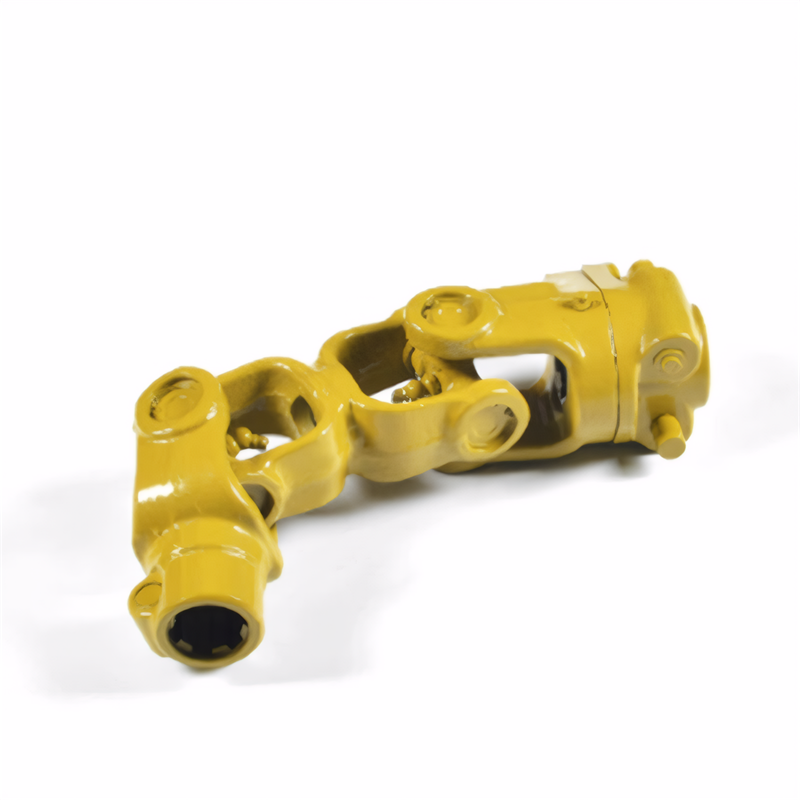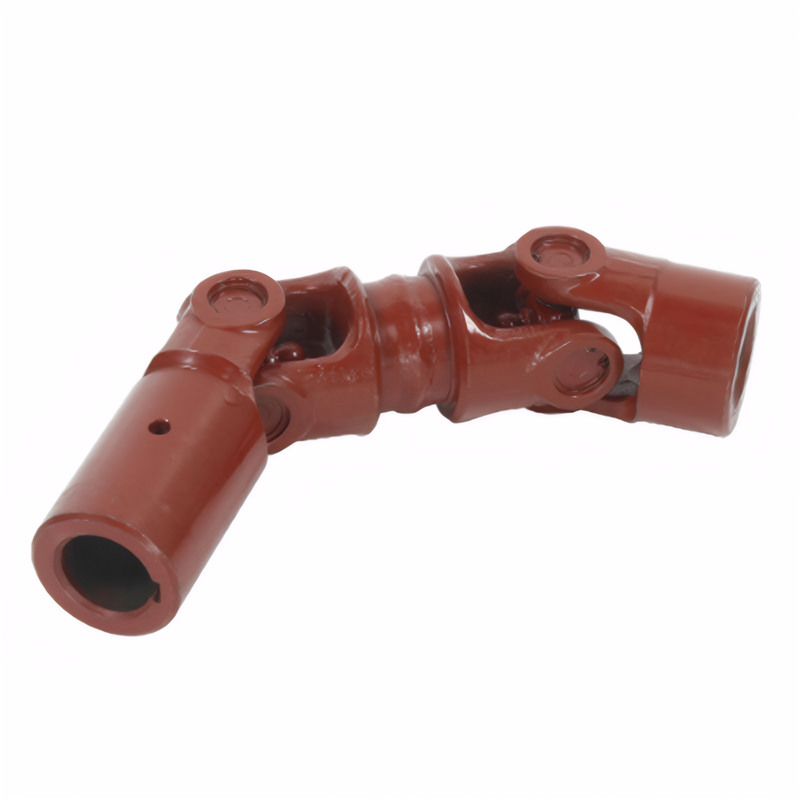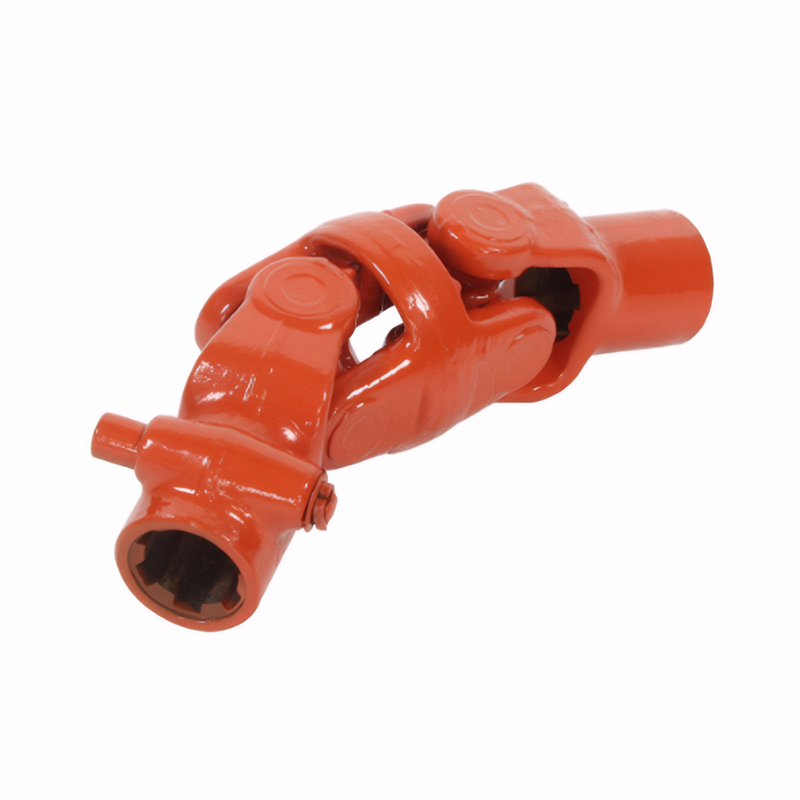Positioning marks for the installation of the drive shaft
Importance and Details of Positioning Marks for Transmission Shaft Installation
Understanding the Role of Positioning Marks in Transmission Shaft Installation
Positioning marks play a pivotal role in ensuring the accurate and efficient installation of a transmission shaft. A transmission shaft is a crucial component in a vehicle's drivetrain, responsible for transferring power from the engine to the wheels. Incorrect installation can lead to a host of problems, such as excessive vibration, premature wear of components, and reduced power transmission efficiency. Positioning marks act as visual guides that help technicians align the transmission shaft correctly with other related parts, such as the transmission output shaft and the differential input shaft.
During the manufacturing process, these marks are precisely placed on the shaft and its mating components. They serve as reference points that ensure the shaft is installed in the exact orientation and position required for optimal performance. Without proper positioning marks, the installation process would be much more time - consuming and prone to errors, potentially leading to costly repairs and vehicle downtime.
Types of Positioning Marks on Transmission Shafts
Color - Coded Marks
Color - coded positioning marks are a common and straightforward method used on transmission shafts. Different colors are applied to specific areas of the shaft and its mating components to indicate proper alignment. For example, a red mark on the transmission shaft might need to be aligned with a corresponding red mark on the transmission output flange. This visual system is easy to understand and use, even for technicians with varying levels of experience.
The colors are typically applied using durable paints or coatings that can withstand the harsh operating conditions of the vehicle, including exposure to heat, oil, and mechanical stress. Color - coding is particularly useful in situations where multiple components need to be aligned simultaneously, as it provides a quick and intuitive way to ensure everything is in the correct position.
Notches and Grooves
Notches and grooves are physical features cut or machined into the surface of the transmission shaft and its mating parts. These features are designed to fit together precisely, providing a mechanical means of alignment. For instance, a notch on the transmission shaft might be designed to engage with a corresponding groove on the differential input shaft.
The precision of these notches and grooves is critical, as any misalignment can lead to improper power transfer and increased wear. They are often created during the manufacturing process using high - precision machining tools to ensure consistent and accurate dimensions. Notches and grooves are a reliable form of positioning marks, as they are less likely to be affected by environmental factors such as dirt or oil compared to color - coded marks.
Alphanumeric Labels
Alphanumeric labels are another type of positioning mark used on transmission shafts. These labels can be stamped, engraved, or printed onto the surface of the shaft and its related components. They typically consist of a combination of letters and numbers that provide specific information about the alignment requirements.
For example, a label might indicate the correct angular position of the shaft relative to the transmission or differential. Alphanumeric labels are useful in complex drivetrain systems where multiple alignment parameters need to be considered. They can also be used to identify different versions or configurations of the transmission shaft, ensuring that the correct part is installed in the vehicle.
Proper Use of Positioning Marks During Installation
Pre - Installation Inspection
Before starting the installation process, it is essential to conduct a thorough inspection of the transmission shaft and its mating components to ensure that all positioning marks are clearly visible and undamaged. Check for any signs of wear, corrosion, or paint chipping on the marks. If any marks are obscured or damaged, they should be cleaned or re - marked before proceeding with the installation.
Also, verify that the correct parts are being used for the specific vehicle model and drivetrain configuration. Using the wrong parts can lead to alignment issues, even if the positioning marks are followed correctly. Refer to the vehicle's service manual or technical documentation to confirm the part numbers and alignment requirements.
Alignment Procedure
During the alignment process, carefully position the transmission shaft so that its positioning marks match up with the corresponding marks on the transmission output shaft and the differential input shaft. Use appropriate tools, such as alignment fixtures or pry bars, to gently manipulate the shaft into the correct position.
It is important to apply even pressure and avoid forcing the shaft into place, as this can damage the positioning marks or the components themselves. Once the marks are aligned, double - check the alignment from multiple angles to ensure accuracy. If necessary, use a straightedge or other measuring tools to verify that the shaft is properly centered and aligned with the other components.
Post - Installation Verification
After the transmission shaft is installed, perform a post - installation verification to ensure that the positioning marks are still correctly aligned and that the shaft is functioning properly. Start the vehicle and listen for any unusual noises, such as knocking or grinding, which could indicate misalignment.
Also, take the vehicle for a short test drive to check for excessive vibration or abnormal handling. If any issues are detected, stop the vehicle immediately and re - inspect the installation, making any necessary adjustments to the positioning marks or component alignment. Regular maintenance and periodic checks of the positioning marks can help prevent future problems and ensure the long - term reliability of the transmission shaft and the entire drivetrain system.
 Accuracy requirements for the
Accuracy requirements for the
 Selection of universal joint t
Selection of universal joint t
 Standard for coaxiality error
Standard for coaxiality error
 Requirements for the surface r
Requirements for the surface r
 简体中文
简体中文 English
English
